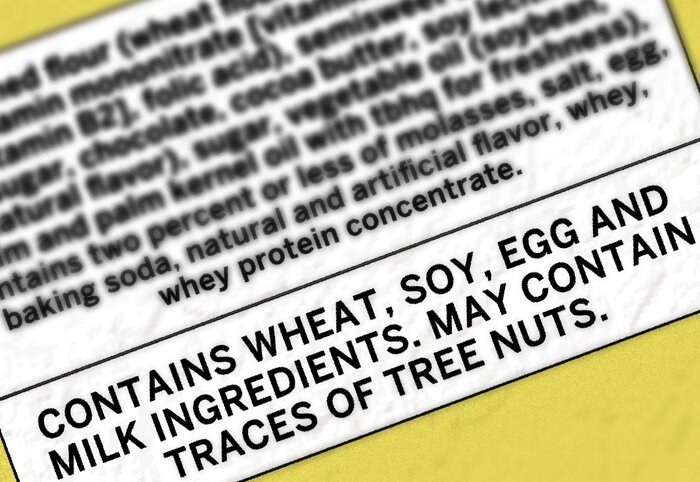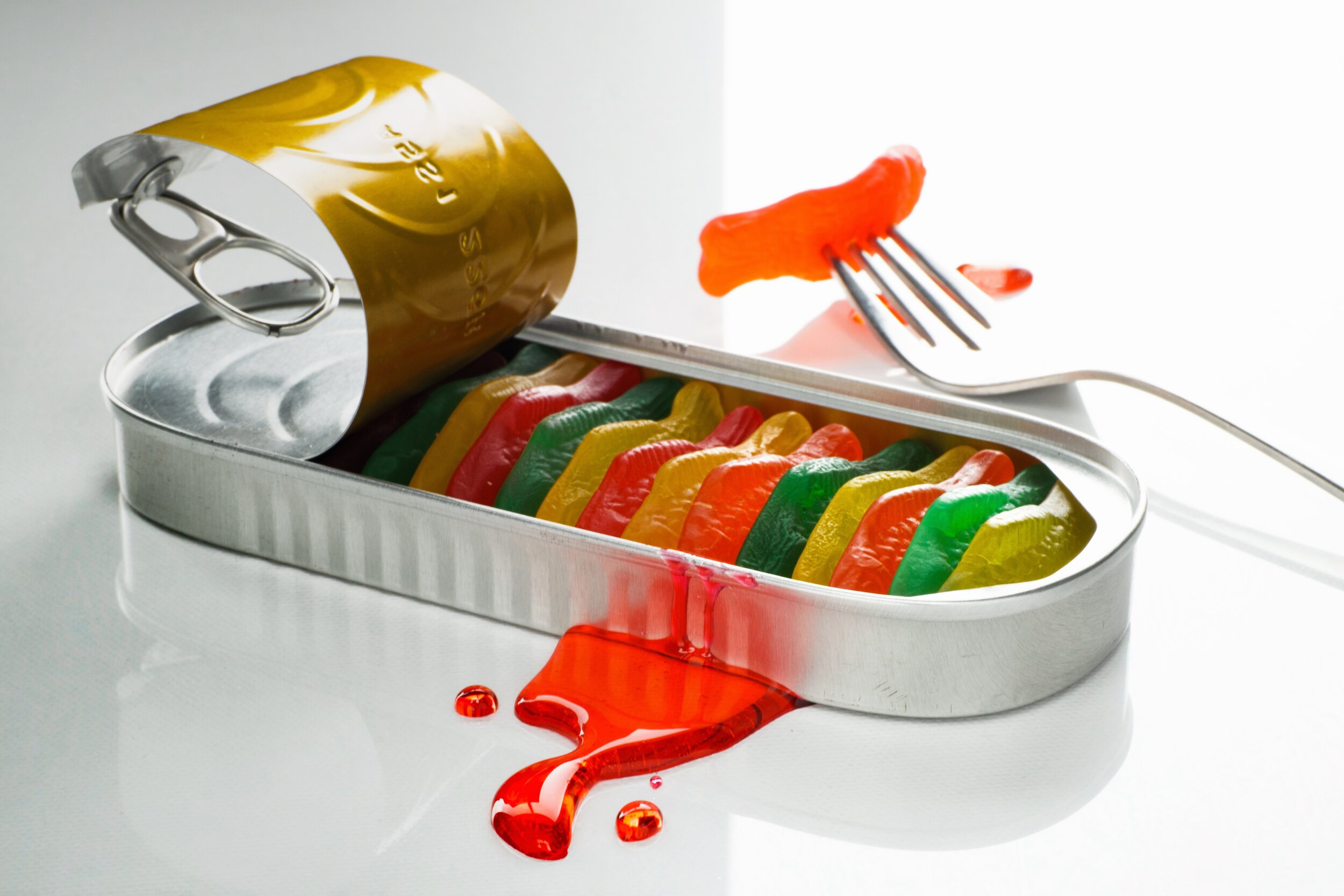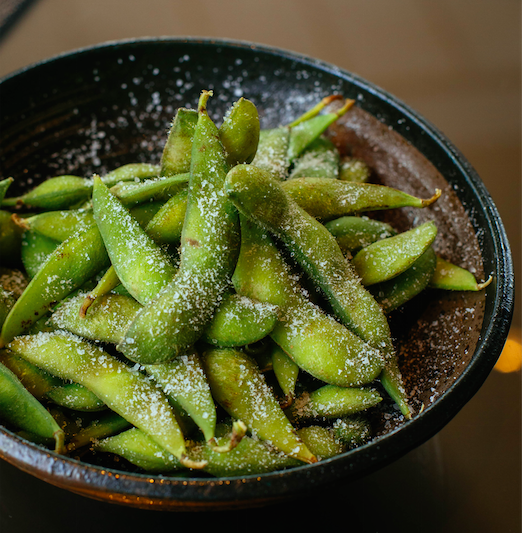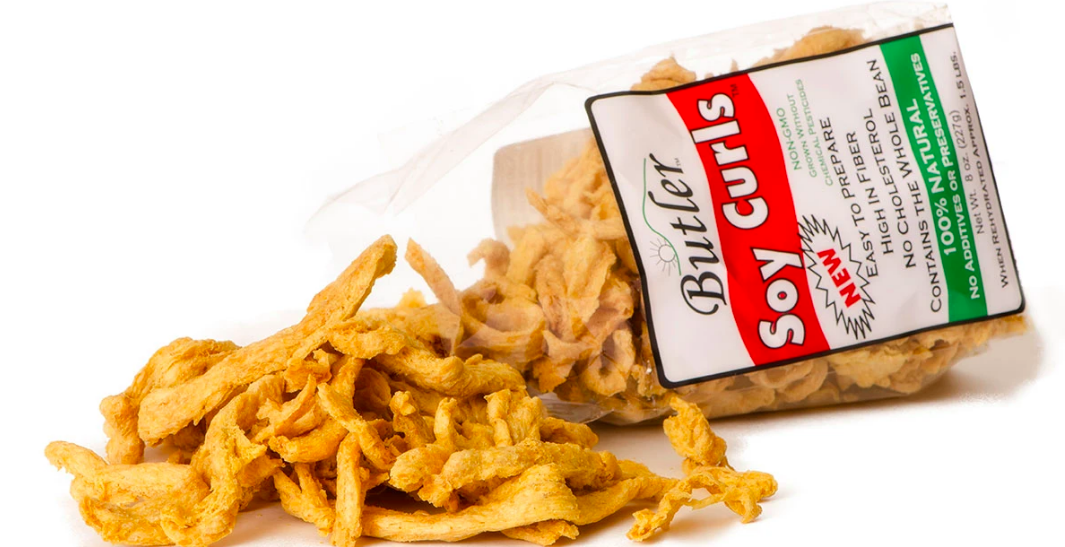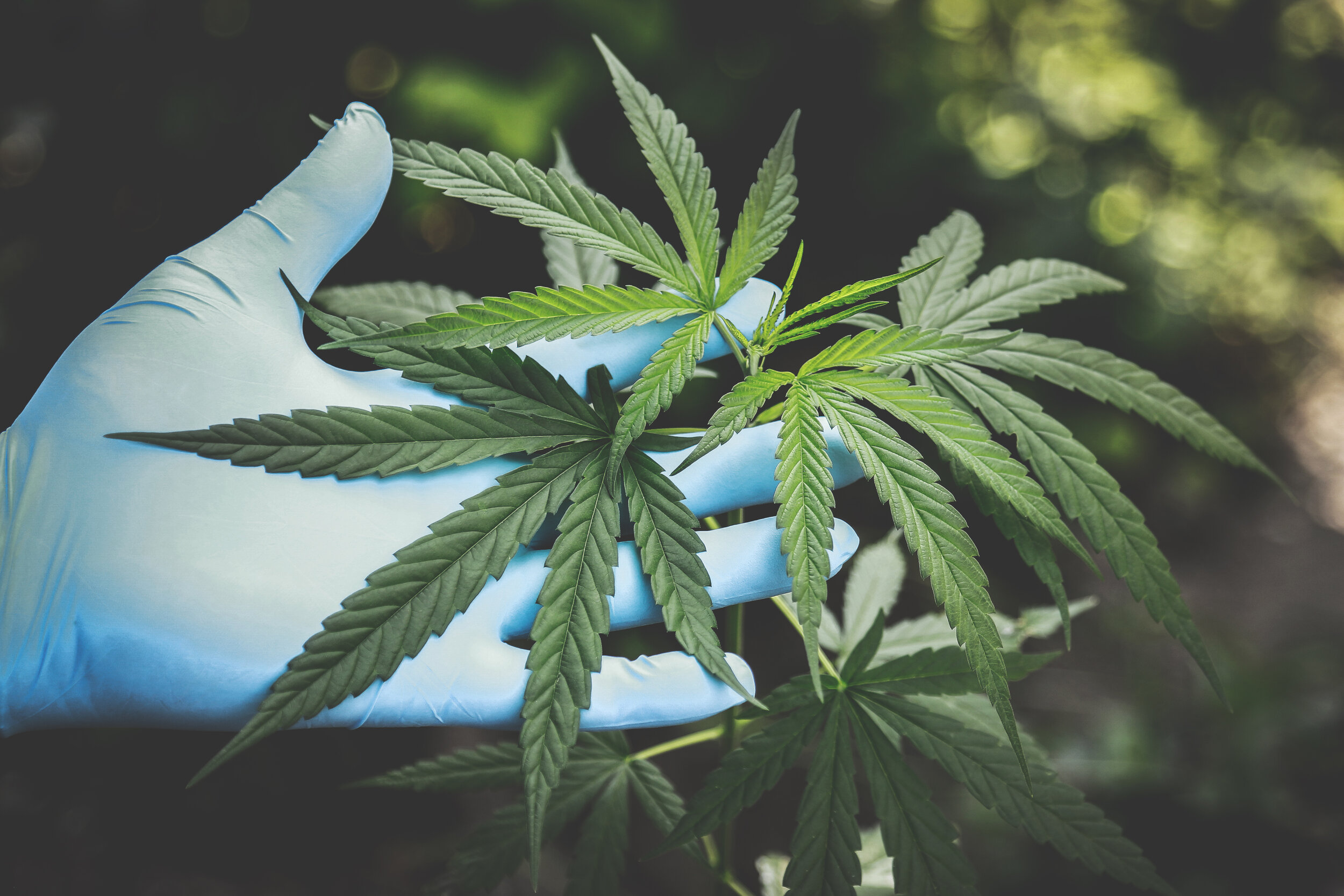Written by Emily Guido, PNW Intern, Fall 2020
A Healthy Gut
The human body contains trillions of live bacteria, both inside and out. This may sound gross but they actually play a vital role in our health. Most of our bacteria, billions of them, live in our digestive tracts. This is what’s known as the gut microbiota.
When you eat fiber-rich, whole, plant-based food (like whole grains, potatoes with the skin, celery, etc.), this bacteria in our intestines feeds on the fiber that would normally be indigestible to us. This fuels the bacteria to do many wonderful things for our body, like synthesize certain nutrients like B-vitamins and vitamin K, and even lower LDL, the “bad”, cholesterol. A healthy population of gut bacteria is also linked to a healthy immune system.
What you eat can greatly affect what kinds of bacteria will flourish in your gut. Eating a varied diet full of fiber from plant foods can promote the growth of certain healthy bacteria and also suppress harmful ones from populating. Additionally, a diet rich in both prebiotics and probiotics helps maintain a healthy gut microbiome as well.
Prebiotics
Certain plant foods are used as fuel for the live bacteria that makes up the gut microbiota, helping them grow and thrive. Essentially, prebiotics are the food for the live bacteria in your gut. Since your gut microbiota feeds on fiber, prebiotic foods contain complex carbs and/or different kinds of plant fibers. Here’s a list of some fantastic prebiotic-rich foods:
Under ripe banana
Apple (with the skin)
Oats
Garlic
Onion
Eggplant
Cabbage (raw)
Artichokes
Jerusalem artichokes
Dandelion greens
There are also prebiotic supplements that you can purchase. Researchers at the University of Reading in the United Kingdom recommend a minimum dose of 4g with a maximum dose of 20g coming from inulin or oligosaccharides. Anything above the maximum dose may cause unwanted GI side effects.
However, we encourage you to get your prebiotics from foods since there are so many options that are easy to incorporate into your diet or may even be your staples. Something to always keep in mind is to try to eat your plant foods in their whole forms that still contain fiber. It’s good to include some of these every day because a happy gut means a happier, healthier you!
Probiotics
Sometimes our gut microbiota can get out of whack from stress, lack of sleep, or environmental pollution which causes one species of bacteria to out-populate the rest. We may also lose a lot of our bacteria due to taking antibiotics. An unhealthy balance of gut bacteria can alter our digestion, lead to cramping and bloating, or even make us sick because our immunity is compromised. This is where probiotics can come in handy.
Probiotics are live bacteria that can be purchased in a capsule or eaten in fermented foods to help populate the gut with healthy bacteria. As a supplement, there are hundreds of probiotics on the market to choose from so finding the right one can be daunting. One rule of thumb is to find one that has at least 2 billion CFU (colony-forming unit), which means 2 billion bacteria per serving. This is to ensure that enough bacteria reach your intestine because some will be destroyed by stomach acid.
There are also many different bacteria strains and we are still learning which ones are the most optimal for specific conditions. If you’re considering taking a probiotic, it’s always best to run this by your registered dietitian and/or physician so that they can guide you on the best option.
Fermented Foods
Instead of relying on a supplement, especially as the science is still being perfected in this area, you can get probiotics from eating fermented foods. The process of fermenting food allows bacteria on the food to grow and thrive. This bacteria then converts the carbohydrates within the food into alcohol or organic acids, giving it that typical sour taste.
Many different cultures ferment foods as tradition and for their health benefits. Here’s a list of some common fermented foods:
Kimchi (fermented spicy cabbage)
Sauerkraut
Pickled Vegetables
Kefir (fermented dairy drink, non-dairy alternatives also exist)
Tempeh
Miso (fermented soybean paste, sometimes made with chickpeas)
Yogurt
These foods are good to include in your diet a couple days a week to help keep your digestion regular and your immunity boosted (which is very crucial in these current times). One thing to note is to make sure the fermented or pickled food you buy is unpasteurized. Pasteurization kills all the bacteria(the bad and the good!).
Bottom Line
Our gut is highly related to our overall health so it’s important to treat it as best we can. Not only do plant-based foods do wonders for us by decreasing our risk of chronic diseases and helping us live longer, healthier lives, they also provide us with the power to heal and maintain a healthy gut. By incorporating many different types of fruits, vegetables, whole grains, and fermented foods into your days, you’ll optimize your gut and immunity.







